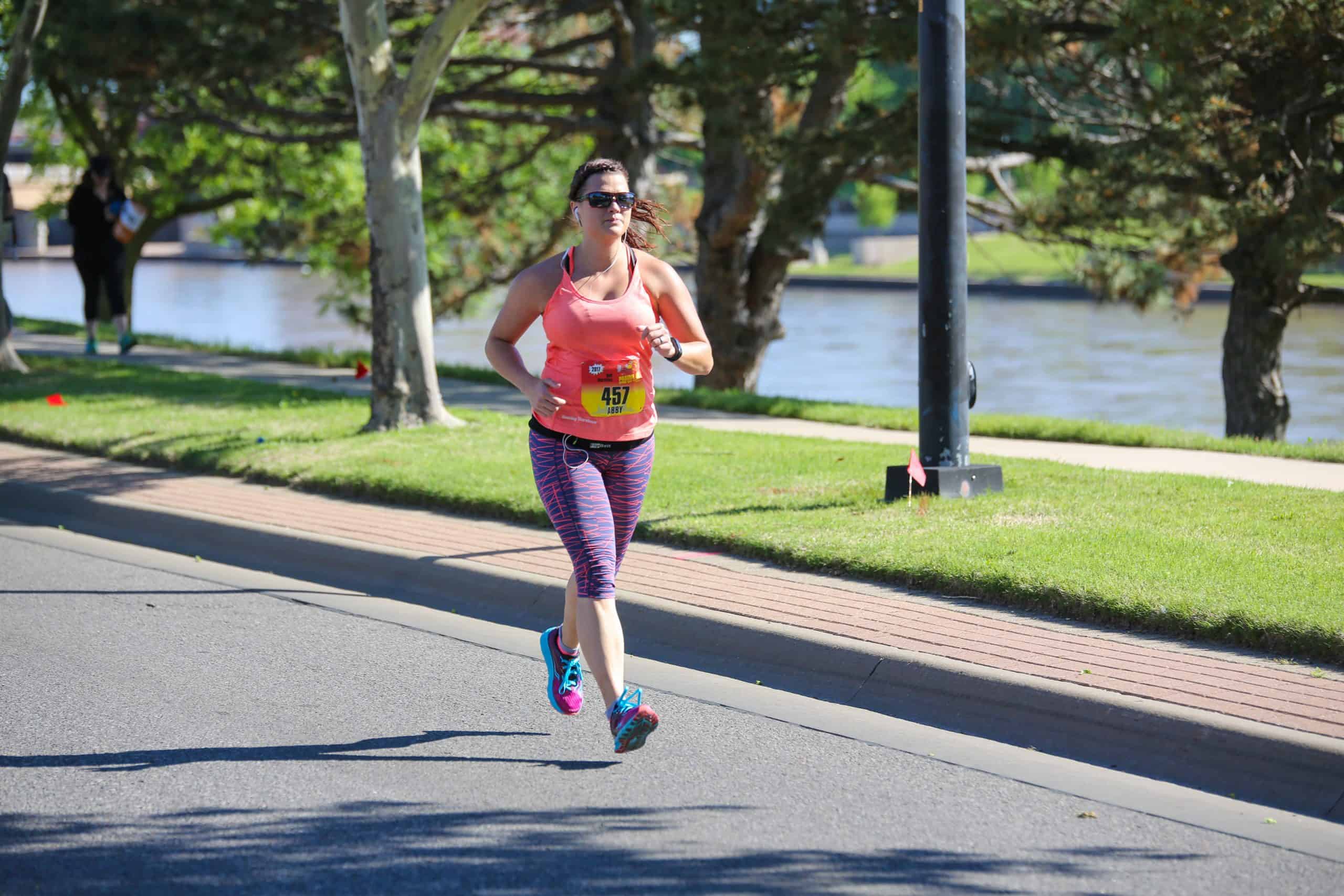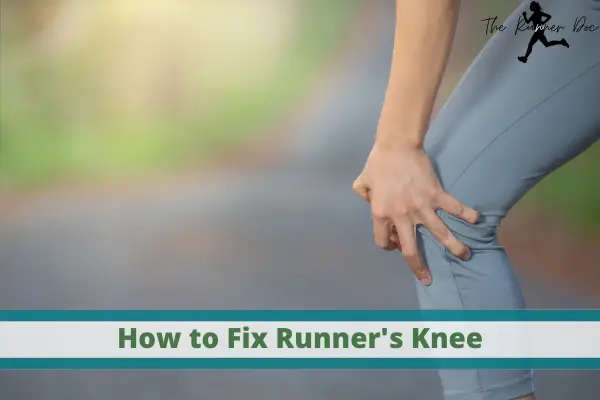Why You Need to Rotate Your Running Shoes
Reduce Running Injuries by Rotating Shoes
“Honey, I’m going to start a new hobby. It is very inexpensive and all I need is some clothes and a good pair of running shoes….”
Famous last words!! But really, in order to have any success at long term running, you need to have more than just one pair of good running shoes. In my opinion, you need at least 3 pairs to rotate between but 2 pairs of running shoes will suffice.
This is me giving you permission to go a little crazy and get all the shoes. Your excuse can be that it will help you prevent spending more money on costly medical bills. See, logical and economical…..
But in all seriousness, other than having a closet full of comfy and good-looking running shoes, there are many benefits to rotating your shoes. The biggest one is for injury prevention. We run and have running shoes because we love to run. The last thing we want to happen is to get injured and not have a reason to wear all these awesome kicks we have picked out!
What Does Rotating Running Shoes Mean?
Okay, you are going to go on a 5-mile run and after each mile, you will change shoes. KIDDING! No that is not what I mean by rotating your shoes.
Ideally, you will rotate between different shoes for each run you do. If you only have 2 different pairs then you will switch back and forth between the two.
There are benefits of different types of shoes for different types of runs that we won’t get into today. But that is another way that you can rotate between shoes. Light shoes for faster or speed runs and more cushioning for long runs.
Simply put, don’t wear the same pair of shoes two runs in a row. Also, don’t wear your running shoes for any other activity. They are for running and that is it!
Why You Should Rotate Your Running Shoes
Because you are less likely to get injured! No, really you are. A study in 2015 by Malisoux, L et al. found that runners that rotate between at least 2 pairs of shoes are 39% less likely to get injured when compared to those that only use one pair of running shoes. But why is there a difference?
There are a lot of reasons that can cause this result. The first is that running is a repetitive motion activity. When we change the type of shoe we wear for our runs it will change the forces that are applied to our bodies.
Most running injuries occur because of overuse which is caused by cumulative repetitive trauma to the body. There is that word again, repetitive. In order to prevent injury, we need to change the forces that are applied to the body during our runs. That way, we aren’t putting the same stress on our muscles and other tissues each time we run.

Most shoes are structured in different ways. If you have a pair of Brooks Ghosts and compare them to the Brooks Glycerin you will notice they are structured differently. Both are designed to give the user a cushioned experience but they will still alter the way your feet hit the ground differently. These slight alterations in how you run are the things that will make you less likely to get injured if you rotate your shoes.
In short, rotating shoes means that your body does not adapt to one style and therefore gets lazy. As soon as one part of our body gets lazy, others compensate and get overworked, and then we are down for the count with an injury.
Should I Get Two of the Same Type of Run Shoe?
No. I get it, you found a shoe that feels perfect and you love it. Nothing else compares. That is great. Really, it is! But find another one that is similar to have as your second pair.
When we rotate between two of the same model of shoe we get some of the benefits of rotating shoes, like giving the cushion in the shoes the 24 hours minimum it needs to rebound, but not the extra important ones. The most important benefit is changing the forces that are applied to your body tissues.

The same shoe will apply the same forces to your tissues each time you run. That is why you need to have two different models. I know you will still have your favorite pair. I certainly do. But I still choose a different pair for other runs to help even things out.
You might actually be surprised and learn that you like a certain shoe for one type of run and another for a different running workout!
How Many Pairs of Running Shoes Do I Need?
Trick question! This can vary a lot by experience and preference. But at least 2. Ideally, you will want to work your way up to 3-4 because you can have different styles for different types of runs.
I honestly feel like you can’t have too many. The only downside of having too many is the cost.

However, if you look at it this way you might feel better about things. Having multiple pairs of shoes does cost more at any given time, but shoes have a lifespan. You might have more shoes but overall you will still be spending the same amount on shoes because you won’t be wearing them out as quickly as you would if you were wearing the same pair for every run.
Final thoughts on Rotating Running Shoes
Simply put, rotating your running shoes is critical to staying healthy on the run. Research has shown that a runner is 39% less likely to get injured when they rotate their shoes compared to those that don’t.
Most running injuries are due to overuse which is caused by repetitive trauma to the tissues and joints. By rotating our shoes we can redistribute and change the forces and trauma that are applied to our body from one run to the next.
Related articles to Benefits of Rotating Running Shoes
How to Fix Flat Feet in Runners
10 Secrets to Injury Prevention for Runners
How to Fix Achilles Tendonitis in Runners
AFFILIATE DISCLOSURE
As an Amazon Associate, I earn from qualifying purchases. This post may contain affiliate links. If you use these links to buy something we may earn a commission. The Site may contain links to affiliate websites, and we receive an affiliate commission for any purchases made by you on the affiliate website using such links.

Rotating Running Shoes Benefits and How it will Prevent Injuries

Dr. Abby Siler, PT, DPT is a Physical Therapist with 10 years of experience in a variety of settings. She has spent the majority of her time treating athletes in orthopedic clinics and worker’s compensation cases. She is a runner herself for the past 15 years and a lifelong athlete. Dr. Abby loves to teach runners how to stay injury free and out of her clinic.







